Explore Our Research Areas

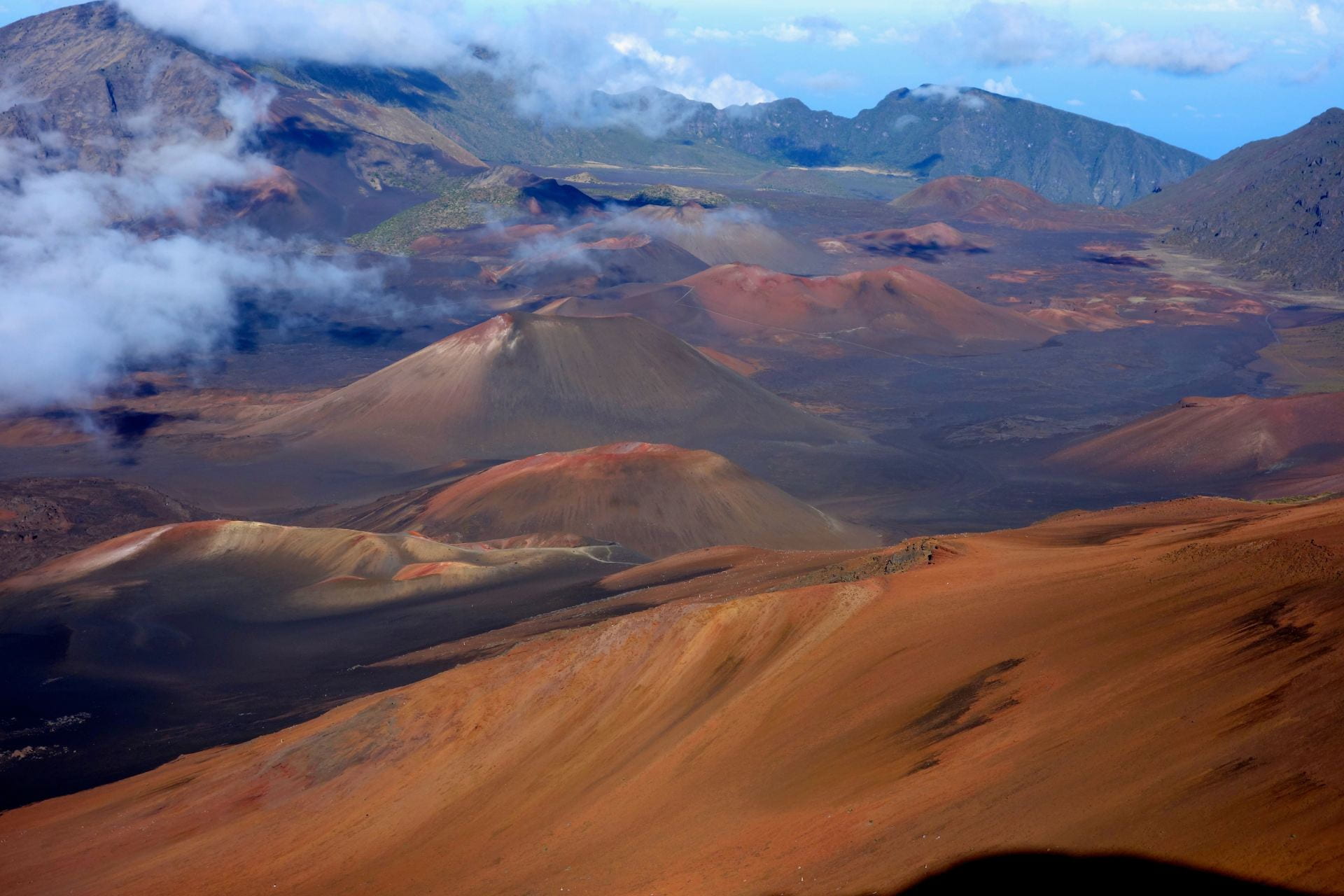
Volcanic Eruptions
Volcanoes are the main locations for energy and mass exchange between the interior of the Earth and the atmosphere, therefore playing a critical role in the habitability and climate of the planet. Every year, at least 50 volcanic eruptions directly affect over 10% of the world’s population. Our research program is particularly interested in studying melt and fluid inclusions hosted in crystals brought by volcanic eruptions as a window into magma reservoirs and conduits system. We are also working on the global impact of volcanic ash on the Earth system in an interdisciplinary collaboration with Professors Natalie Mahowald and Matthew Pritchard at EAS. As part of this interdisciplinary study, we focus on studying the micro and nano-fraction of volcanic ash components, as these materials can travel miles away from the primary volcanic hazard source and trigger the most substantial global impact. Our lab includes state-of-the-art facilities to study melt and fluid inclusions, element diffusivity on crystals, as well as spectroscopic signals of volcanic ash.

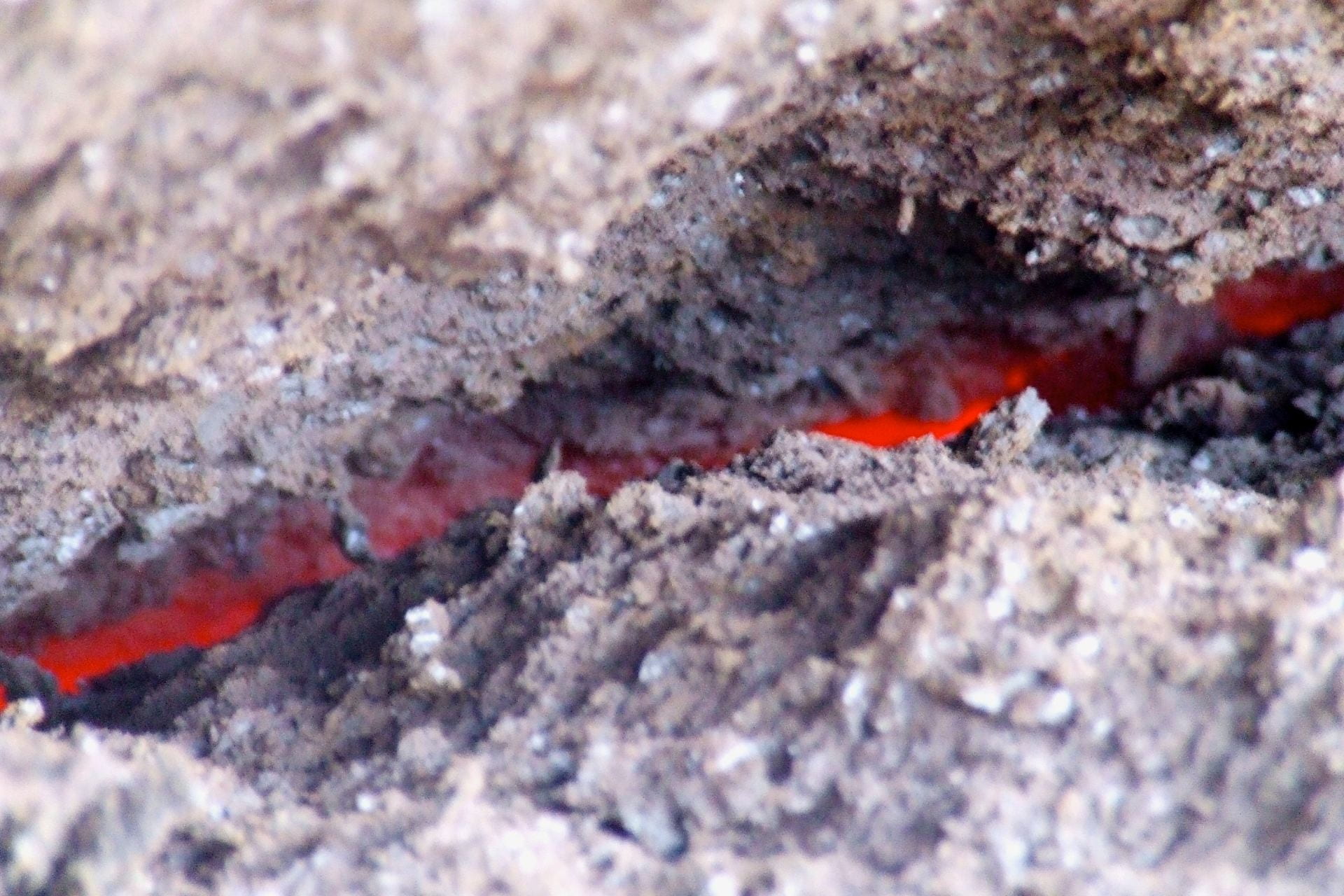
Magma Sources
In their chemical compositions, magmas record information about their sources and processes related to their origin and evolution. My research group uses magmas’ chemical signatures to investigate melting processes, deep Earth geochemical cycles, and the development and evolution of different geochemical reservoirs inside our planet. Our goal is to understand how the planet works internally and how the exchange of elements from the deep Earth affects the environment through time. We are focusing on subduction processes, and understanding the sources of intraplate magmas, from deep recycling and mantle plumes to more shallow reservoirs such as the mantle’s transition zone. Our lab includes cutting-edge facilities to study the compositions of magmas.
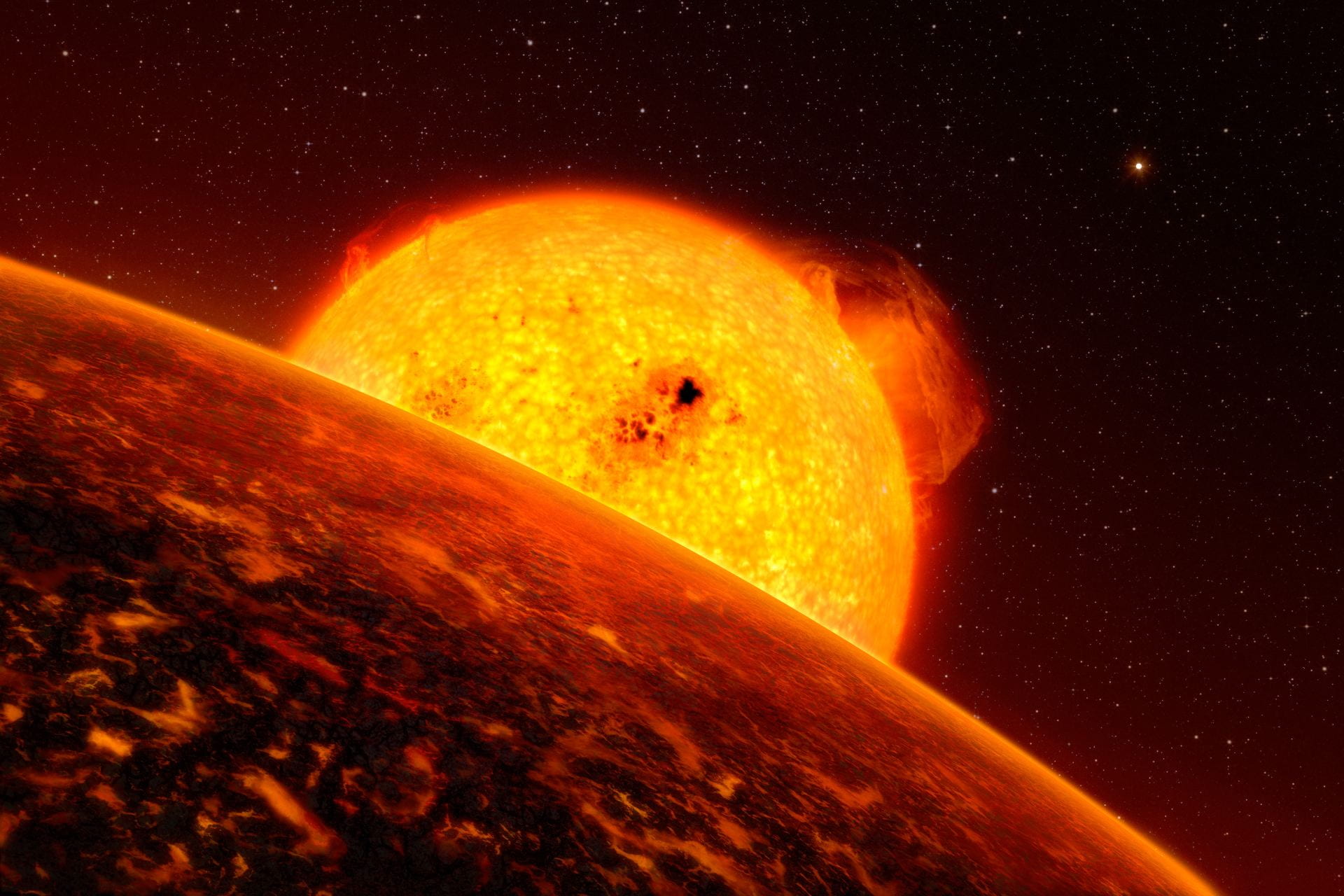
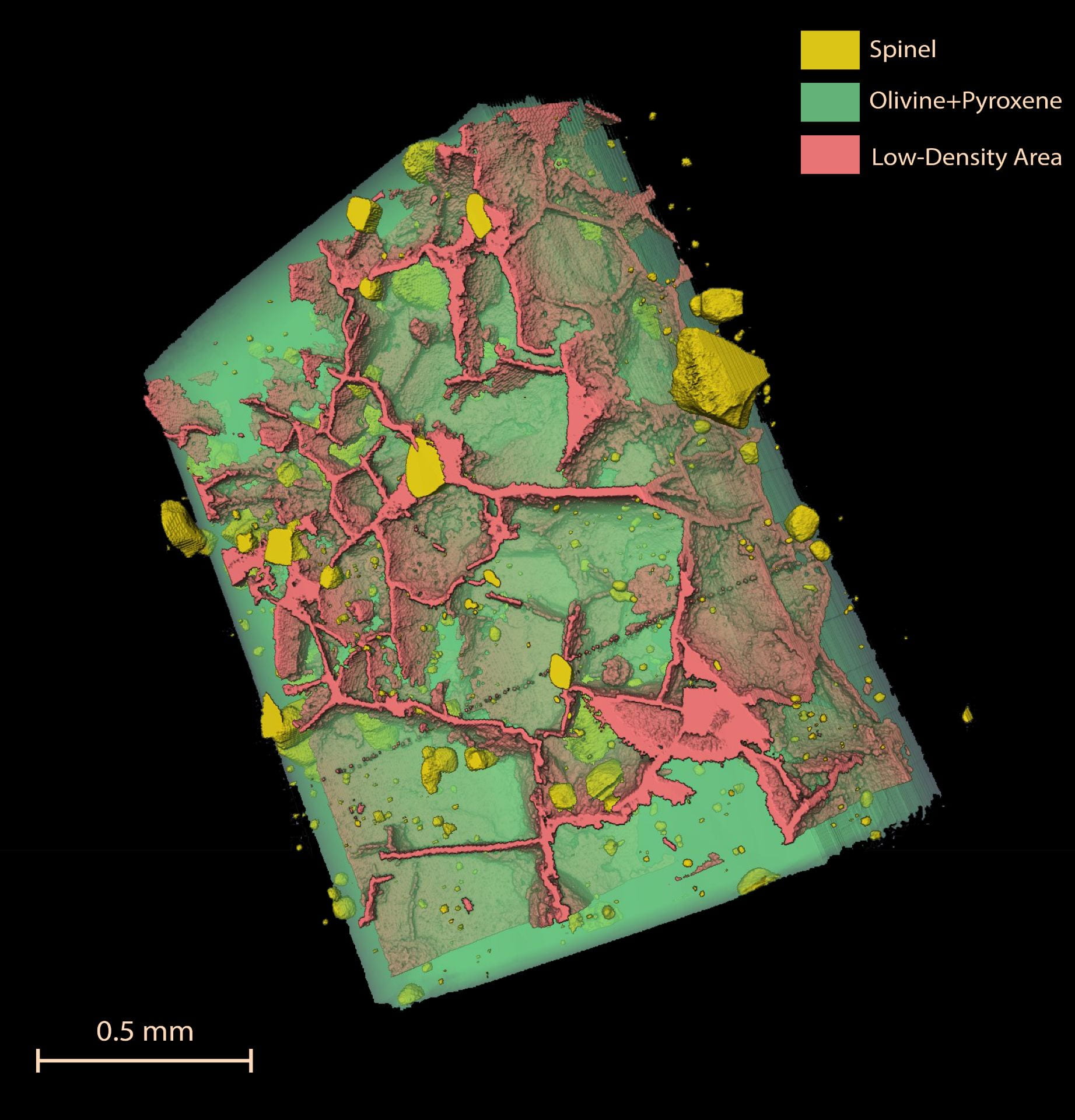
Planetary Exploration
Earth’s unique formation and evolution provided the conditions for the development of life and to sustain habitability. Rocky worlds in our solar system provide the necessary information to understand our own planetary evolution. We are working on deciphering the evolution of the martian crust by combining in-situ data from spacecraft missions, the composition of martian meteorites, and thermodynamic modeling. In order to see beyond the present, we need to explore planets outside of our solar system. Since the first confirmation of exoplanets in the late ’90s, thousands of exosolar planets have been confirmed. About 60% are too close to their host star and they are molten lava worlds. In collaboration with Profs. Lisa Kaltenegger and Nikole Lewis from the Department of Astronomy, we are working on an experimental exploration of lava worlds to elucidate their formation and evolution. We are also working on measuring the spectroscopic signals of geologic materials to evaluate the effect on composition, grain size, porosity, and other physical variations in the spectroscopic signatures of geologic materials as part of Dr. Emily First’s 51 Pegassi B Fellowship from the Heising-Simons Foundation. Our goal is to build a catalog of compositions that can help interpret the spectroscopic signatures of exoplanets that will be detected by the James Webb Telescope. Our research group includes a new experimental spectroscopy lab that will be used for this project.

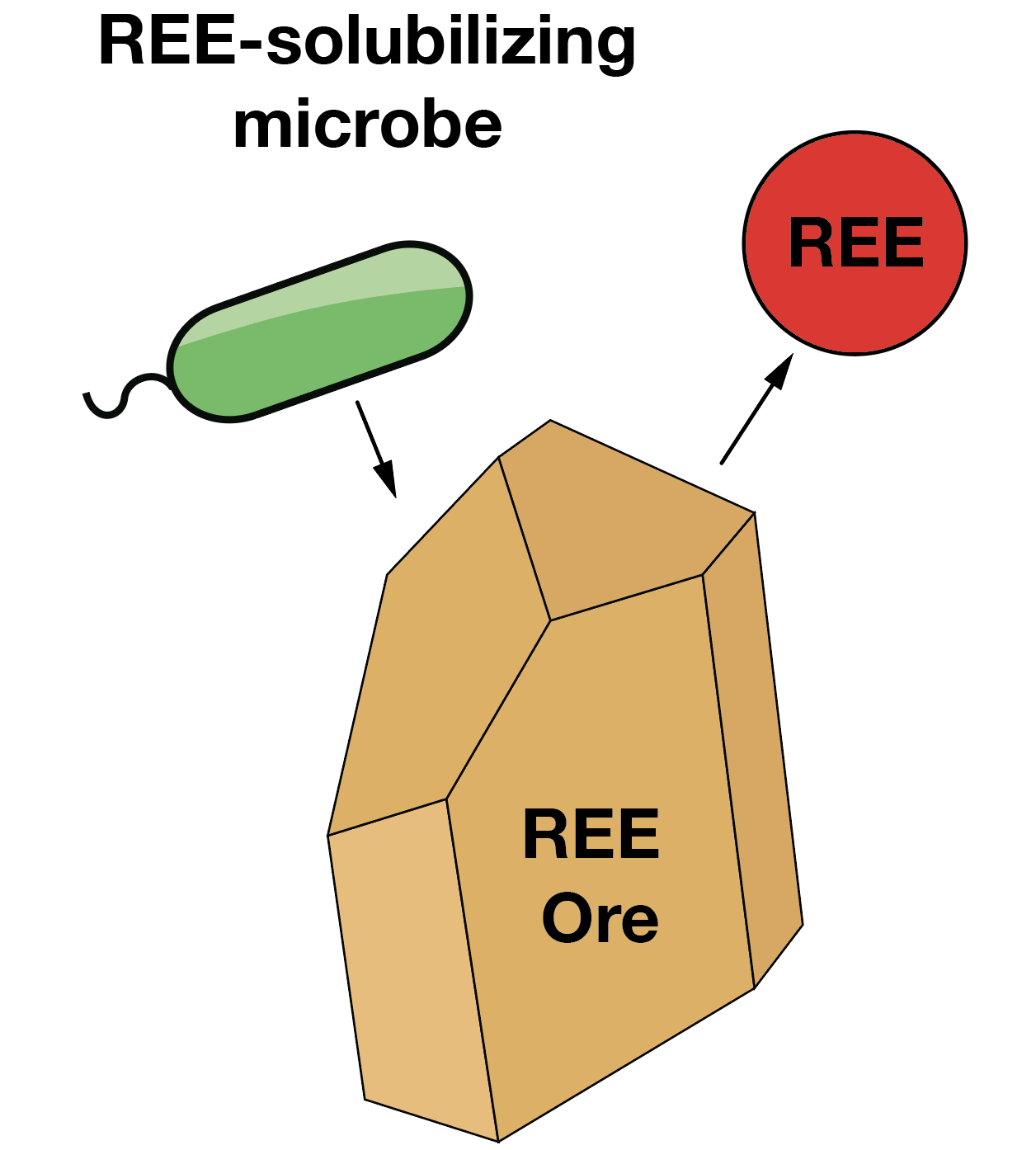
Critical Elements
As the world moves into renewable energy production, the demand for critical elements will increase exponentially in the next decades, creating a 21st-century challenge in securing resources in a sustainable manner. Rare-earth elements (REE) are critical ingredients in sustainable energy technologies. However, the extraction of these elements from ores leaves considerable quantities of toxic waste. To solve the REE supply challenge, we will engineer microbes capable of extracting REE from ores and separating them with selectivity under relatively benign conditions. This innovative project integrates expertise in synthetic biology and microsystems engineering from Professors Buz Barstow and Mingming Wu (Cornell’s Biological and Environmental Engineering), and REE geochemistry and experimental petrology from the Gazel lab and Professor Megan Holycross (EAS). This entirely new cross-disciplinary project focuses on predicting an organism’s phenotype and applies them to solve the critical problem in renewable energy. Synthetic biology, in combination with natural geomaterials, provides a new frontier for sustainable energy. In addition to REE binding and solubilization, it also offers innovative solutions to carbon fixation and redox transformations.